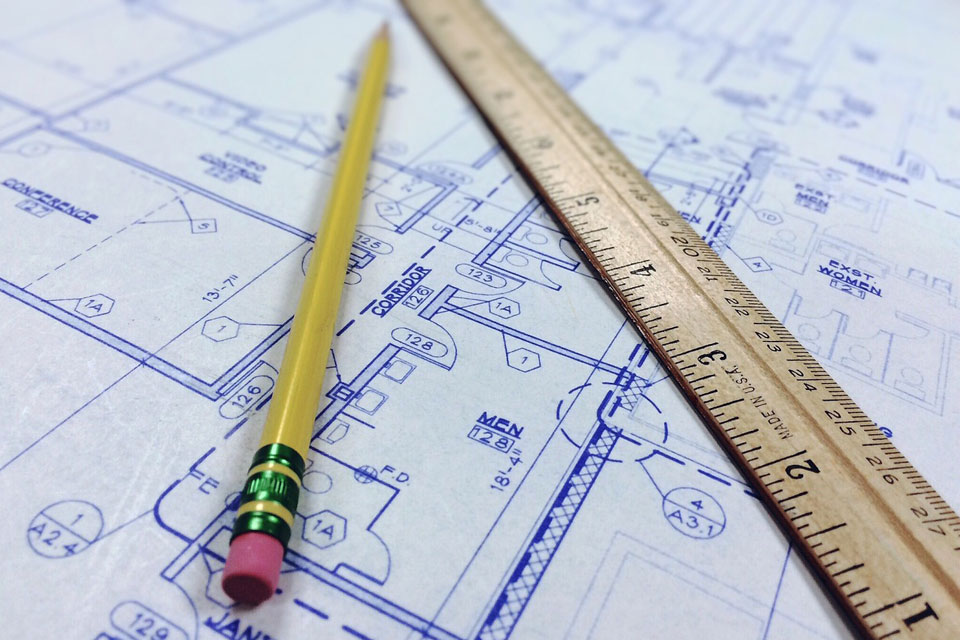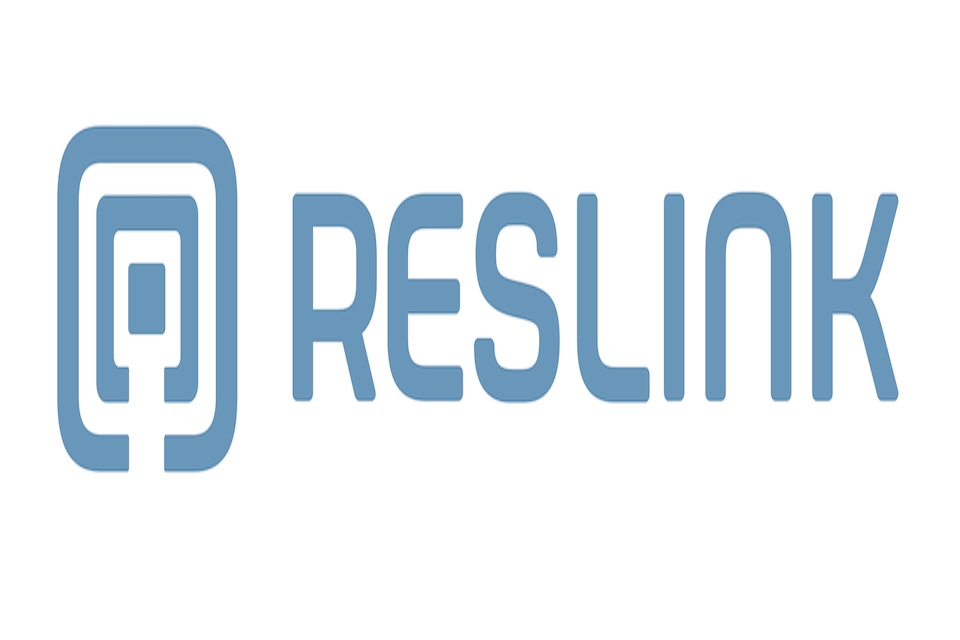Digital apps can help construction project designers create safer buildings by improving their knowledge of hazards during the design phase.
That’s according to new research funded by IOSH and conducted by researchers from Glasgow Caledonian University.
It found that the use of a multimedia digital tool can help to educate designers on typical design-related hazards and assist them in designing safety into construction projects more effectively.
The study asserts that many professional design institutions have been gradually withdrawing the requirement for architects and civil engineers to spend prolonged periods of time on construction sites.
In turn, this has meant many designers do not have the construction knowledge needed to understand how their designs could impact occupational safety and health and often results in contractors taking on the responsibility for building designs.
However, the IOSH research shows up to half of construction accidents in the UK have a connection to the design of the building, highlighting the importance of improving designers’ knowledge of hazards and designing safety into developments from the outset of projects.
Professor Billy Hare, Deputy Director of the BEAM Research Centre at Glasgow Caledonian University, said: “A key factor for this research was the visual nature of the digital tool’s content, which seemed to work best with new graduates.
“But its real potential lies in being able to capture tacit knowledge from more experienced designers for the next generation to counter the age-old problem of organisational memory loss and prevent the same old mistakes that cause accidents and ill health from being repeated.
“We are now looking for partners to develop the prototype digital tool for full-scale industry use.”
As part of the study, a sample of 40 (20 novices and 20 experienced) designers from two typical industry groups of architects and civil engineers were recruited.
The designers were randomly assigned to multimedia user (experimental) and non-user (control) groups, who were permitted to use the internet for help. Participants were asked to review a set of computer-aided design (CAD) drawings in these sessions, identify hazards and make decisions about designing for OSH.
The experiment tested the multimedia digital tool against general internet searches and examined the designers’ ability to foresee OSH hazards in designs by measuring both the quantity of specific hazards identified and the quality of design outcomes.
Using the tool, the designers identified hazards a total of 599 times, with architects identifying over three times the number of hazards as those not using the tool. For civil engineers the figure was five times as large.
In both cases the scope of hazards identified was double that of the group not using the multimedia tool, suggesting it was an effective way of improving designers’ knowledge of hazards. This knowledge could help to create safer buildings by factoring a greater number of hazards into the planning and design of construction sites.
Mary Ogungbeje, Research Manager at IOSH, said: “Everyone would agree that it’s always best to prevent an accident from taking place in the first place, rather than reduce the injury.
“In today’s age of technology, being able to utilise digital training resources to help designers do just that is great. Such tools can make a real difference in upskilling professionals, irrespective of their level of experience. Architects and civil engineers can identify hazards and come up with better controls when developing and reviewing designs. Ultimately, this will reduce injuries and save lives.
“I hope that this research and the findings are welcomed by the design community in particular, including establishments with an educational or training interest, so that the learnings can contribute to improved industry practice.”
Image by Wokandapix from Pixabay







